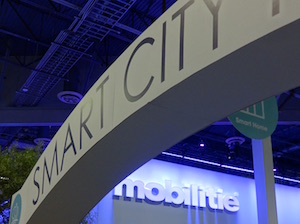
Hey guys, cities aren’t dumb.
Mobilitie’s attempt to skate past local permit requirements in its nationwide effort to install 70,000 new wireless sites for Sprint appears to be coming up short. The strategy appears to be to file a truckload of applications for 120-foot cellular towers but label them as utility poles and hope no one notices. As far as I can tell, 120 feet is just the maximum size they’re contemplating, so that’s what they apply to build. As I understand it, Mobilitie will chop it down as far as necessary in order to meet height restrictions and other local requirements.
It’s basic message to local jurisdictions has been we have authority from someone else, so get out of the way. That didn’t go over well in Mississippi according to a story by Henry Bailey in the the DeSoto Times-Tribune (h/t to Omar Masry at the City and County of San Francisco for the pointer)…
“I just don’t think it’s worth the paper it’s written on,” said Supervisor Lee Caldwell of Nesbit of what Mobilitie network real estate specialist Brett Smith described as a “certificate of need” from the Mississippi Public Service Commission. Caldwell and other board members noted that the PSC doesn’t have statutory authority to regulate wireless communications.
Smith said the PSC action was sought so Mobilitie could proceed with the rights and entitlements of a “public utility,” but Caldwell said of that, “You call yourself a ‘public utility,’ but you’re really just an antenna company” that sells space to cellular service providers. She added, “I don’t think you have a legal right to come here.”
In California, local planners and engineers are figuring out that calling a 120-foot tower a utility pole doesn’t necessarily make it a utility pole. Somebody at Mobilitie has to eventually realise that people working in local governments talk to each other.
